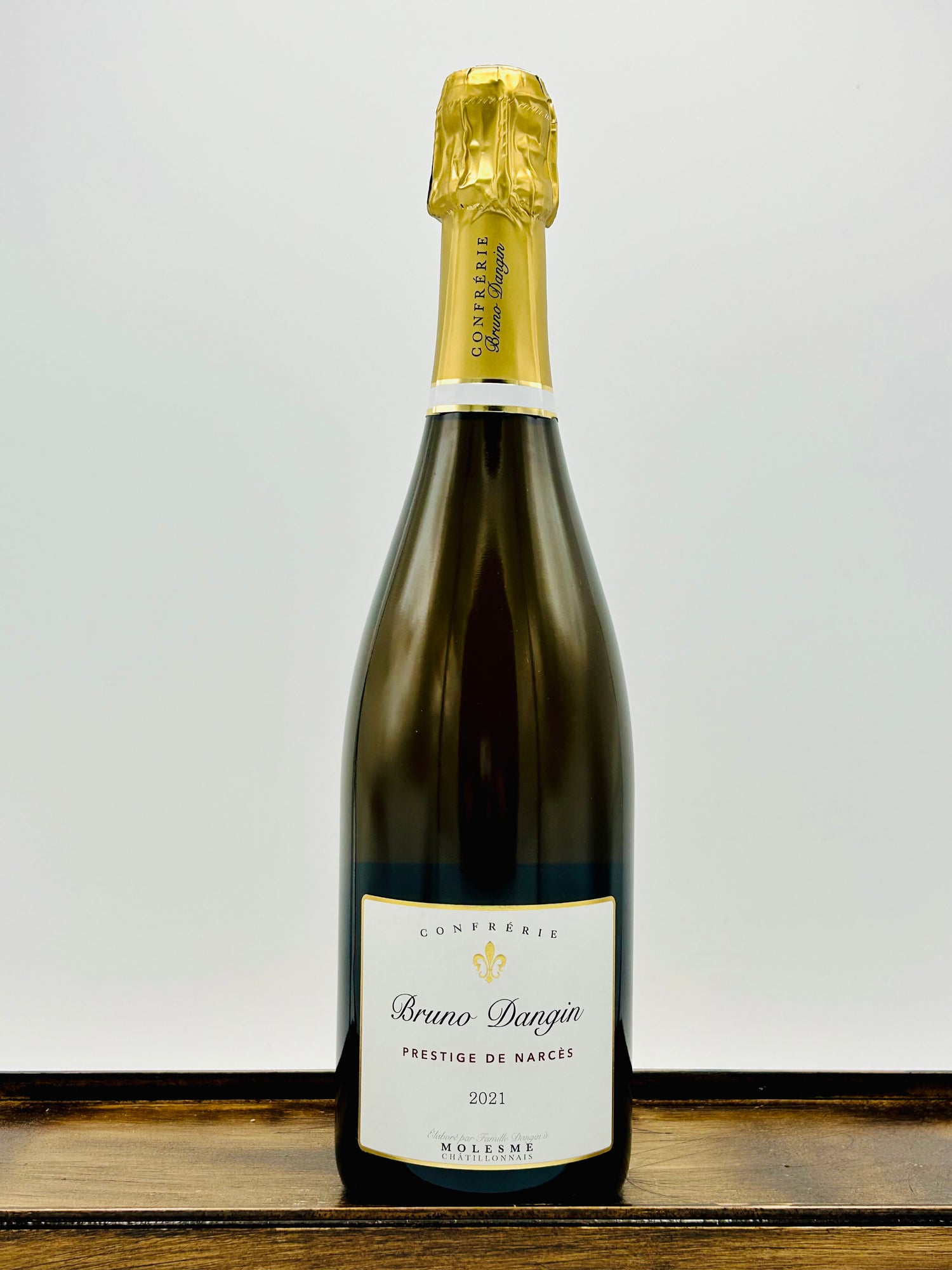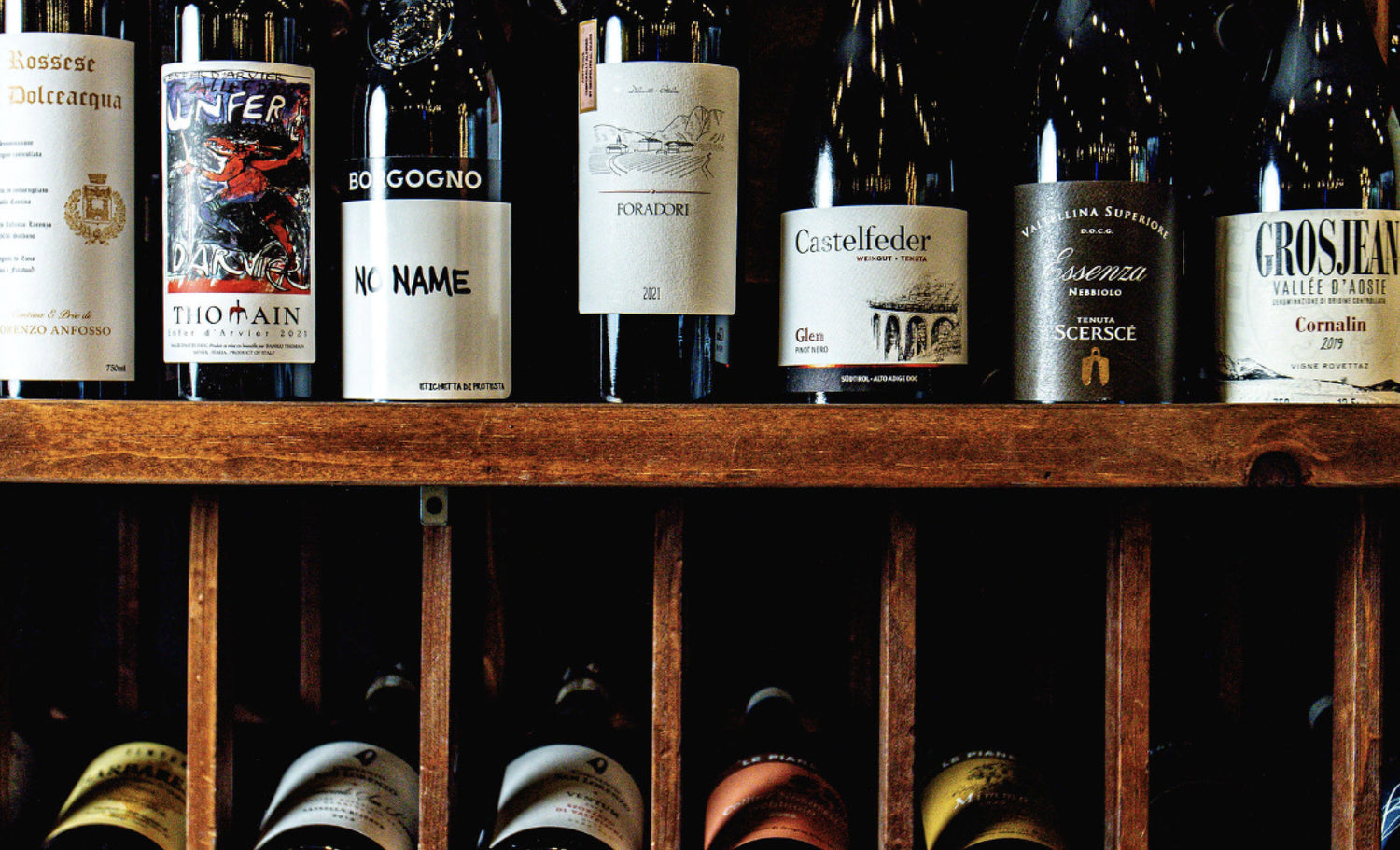Dinner party
Salmon: Three Wines + Three Ways
Building momentum in the Kitchen and in the Cellar can be the very best thing for your skills and, as importantly, your feelings about them. Part Two: Salmon.

This wine is made from 100% Pinot Noir. The vineyards of Bruno Dangin were once located in Champagne, but boundaries were redrawn that ultimately set the domaine in the Cote d'Or in Burgundy. As a result, his sparkling wines are Crémant de Bourgogne. Despite not having the name or pricetag as Champagne, this is a must for your table. Pair it with soft cheese as an apértif or with baked halibut sprinkled with breadcrumbs, lemon, and butter.
Curious about what's on OUR Table? Have it on your doorstep EVERY MONTH!
Learn more here about our wine clubs
 Soft Cheese
Soft Cheese
 Poultry
Poultry
 Charcuterie & Cured Foods
Charcuterie & Cured Foods
Place your order online for same-day pick up in-store.
For all orders over $50, we offer free local delivery within a 10 mile radius of each respective Shop in Morris and West Hartford.
We ship wine to many states. UPS Ground is our preferred third party carrier.

BOTTLE by BOTTLE
Small production and careful craft: wine tastes better when someone has made it just for you.
From grape to glass, mindful farming and work in the vineyard that is good for the bees and good for the trees is everything. We make sure it’s ‘made-the-right-way' so you can sit back and indulge.
What matters most is how delicious your Table can be. Fancy or just plain fun, our collection of the everyday to the extraordinary promises a special night ahead.
It feels good to be 'stocked up.' Discover, each month, what is on our Table with these hand-picked selections shipped right to you. Exclusives, must-haves, and more.


In GOOD TASTE
Our stories and work in the Kitchen, on the Wine Route, and in the Cellar: explore to see how we make it delicious.